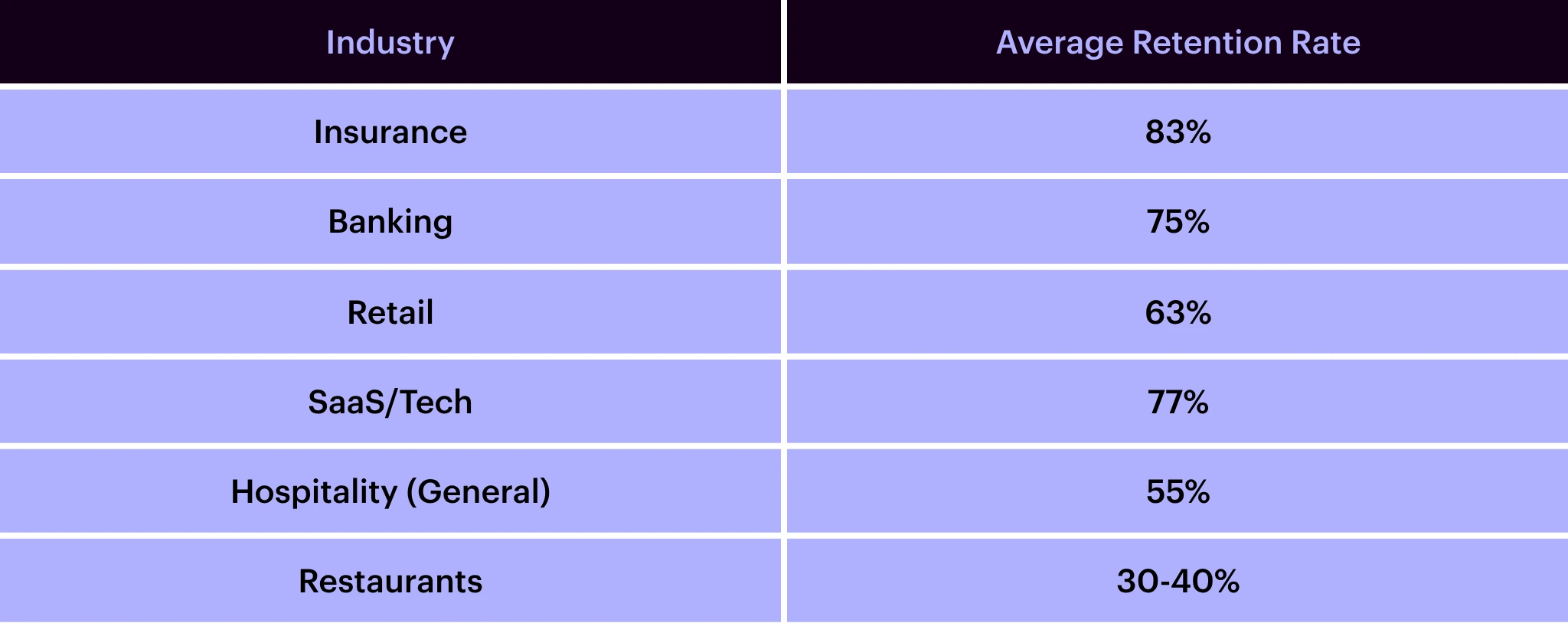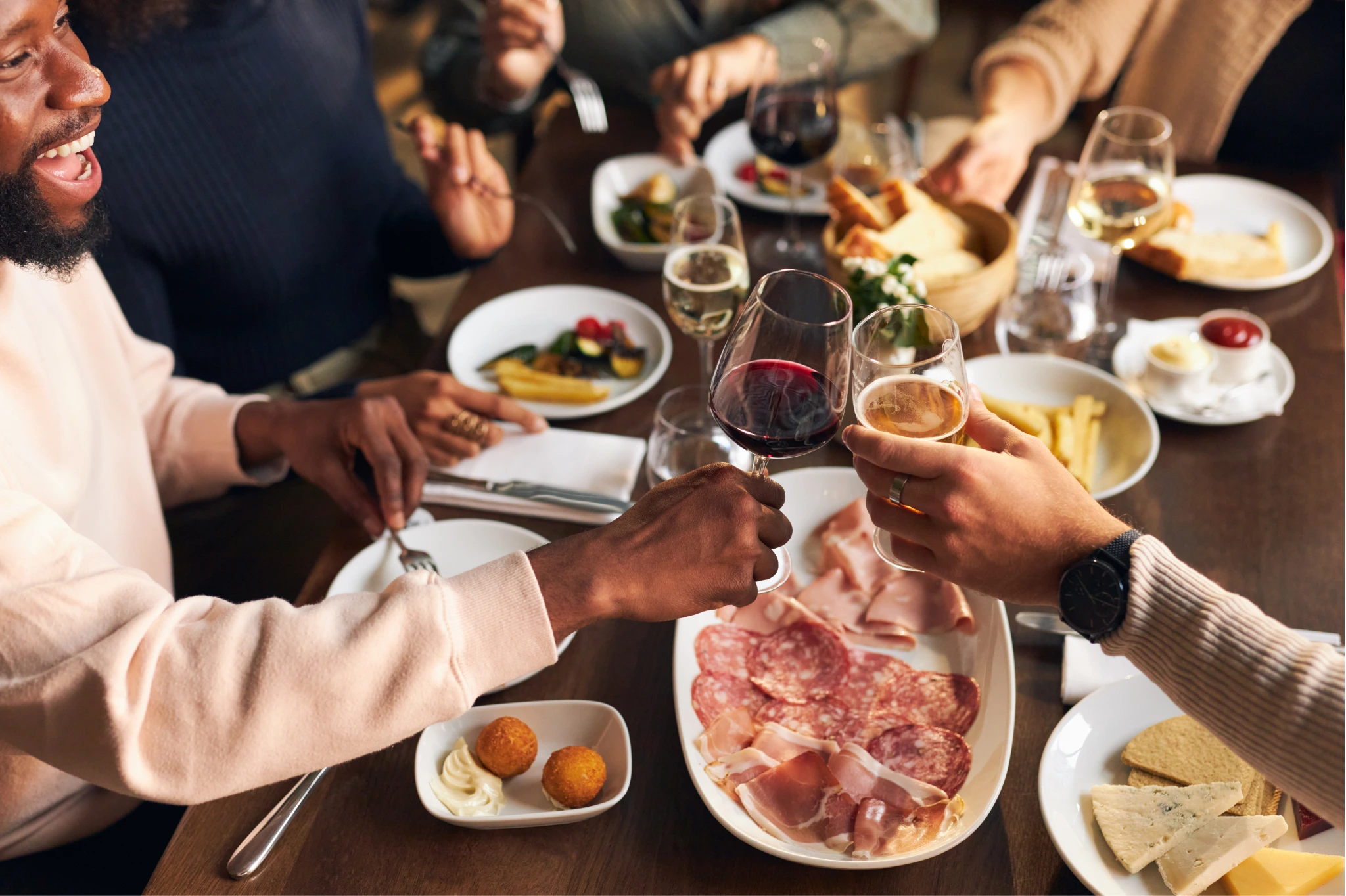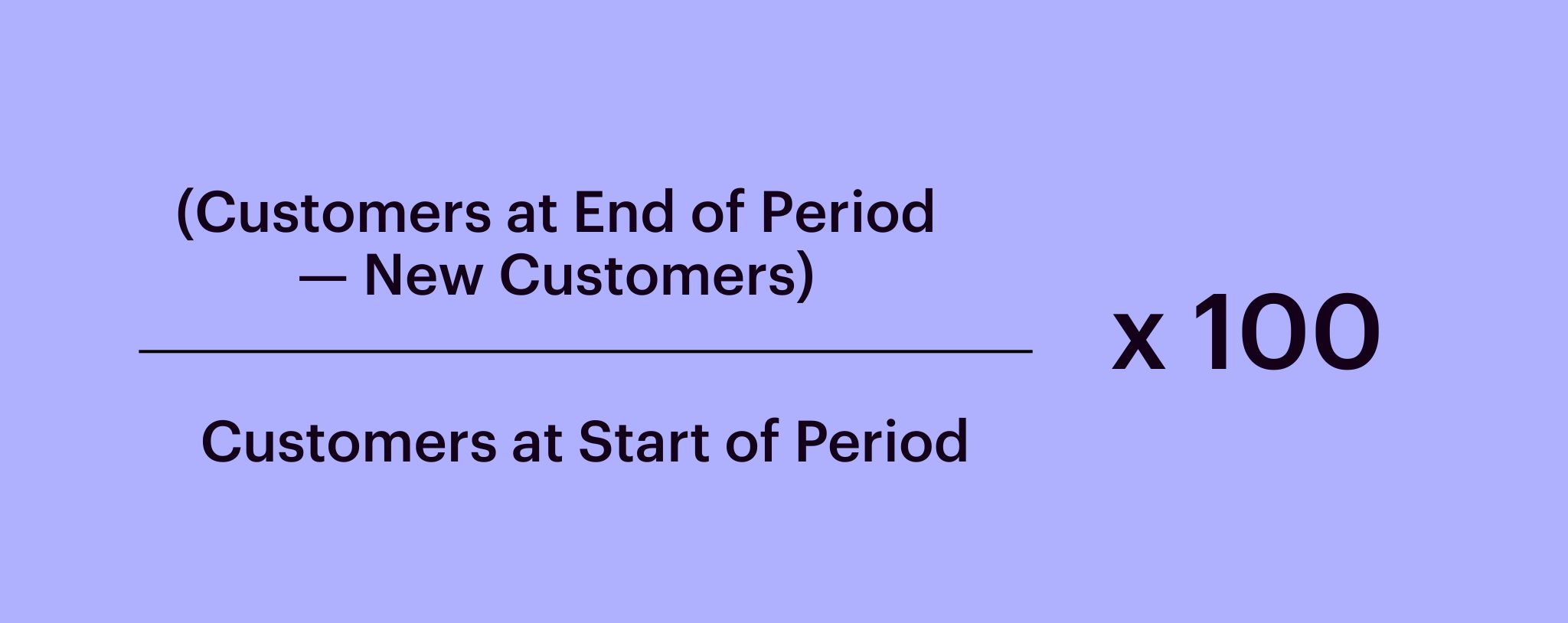How to increase restaurant profitability by building customer retention
In hospitality, it’s easy to get caught up in footfall and first-time visits. But the secret to long-term profitability isn’t just about bringing in new customers — it’s about bringing them back.
Customer retention is the key to stable, sustainable growth for restaurants. Repeat customers spend more, refer others, and cost far less to maintain than constantly acquiring new diners. Yet in an industry known for slim margins and fast-moving trends, retention often goes underutilised as a strategic lever.
In this guide, we’ll look at how restaurants stack up against other industries in terms of retention, explore what’s driving repeat visits in hospitality, and show how Nory can help you turn data into action — improving loyalty and your bottom line.
What is customer retention (and why does it matter for restaurants)?
Customer retention refers to your ability to keep customers coming back over time. It’s a measure of how successful you are at building loyalty, delivering satisfaction, and creating an experience worth repeating.
In the restaurant sector, retention is more than a metric — it’s a profitability multiplier:
- Returning customers spend up to 67% more than first-timers
- It costs 5–7x more to acquire a new customer than to keep an existing one
- Even a 5% increase in retention can boost profits by 25–95%
Unlike retail or SaaS, where subscriptions or contracts lock in loyalty, restaurant operators must earn every return visit. That means delivering not just a great meal, but a memorable experience, time and time again.
Understanding customer retention rates by industry
Let’s set the scene by looking at average customer retention rates by industry. These benchmarks give restaurant operators context for how much loyalty can reasonably be expected — and where the sector lags behind.

Why are restaurant rates so much lower?
Unlike tech or finance, restaurants don’t have long-term contracts, recurring billing, or high switching costs. Retention relies heavily on emotional connection, quality, convenience, and consistency — which can be harder to maintain across service teams, menus, and locations.
Restaurants also face external challenges that disrupt loyalty: changing consumer trends, cost-of-living pressures, and rising expectations driven by digital-first competitors.
The upside? Because baseline retention is lower, the potential gains from improvement are massive.
What influences customer retention in restaurants?
To boost loyalty, you need to understand the drivers behind it. Some are universal across industries, while others are unique to hospitality:
General factors
- Product or service quality: If the experience is sub-par, customers won’t return.
- Pricing: Value for money still matters — especially in inflationary times.
- Personalisation: Tailored experiences make people feel recognised and valued.
- Convenience: Booking, ordering, and paying should feel seamless.
Restaurant-specific factors
- Menu quality and consistency: People remember what they eat — and notice when it changes.
- Service experience: Front-of-house interactions make or break loyalty.
- Ambience and environment: Comfort, cleanliness, and atmosphere drive return behaviour.
- Loyalty programme usability: If it’s clunky or irrelevant, it won’t work.
Behavioural drivers
- Frequency patterns: Lunch-goers, after-work diners, weekend treat-seekers — they all have different rhythms.
- Emotional connection: Feeling recognised, appreciated, or understood builds loyalty.
- Perceived value: People return when they believe they’re getting something extra.

Smart retention strategies for restaurants
To move the dial on loyalty, restaurants need more than “be nice to your customers” advice. Here’s what actually works — and how Nory helps you do it smarter:
Universal strategies
- Digital loyalty programmes: Points-per-visit or spend-based rewards incentivise return behaviour.
- Email/SMS nurture sequences: Keep diners engaged with personalised offers, new menu alerts, or birthday perks.
- Post-visit satisfaction surveys: Gather feedback while the experience is fresh.
Restaurant-specific strategies
- Visit-based offers: “Buy 4, get your 5th meal free” style promotions keep customers on a journey.
- Dynamic menu offers: Tailor promotions based on previous purchases or dietary preferences.
- Smart re-engagement: If someone hasn’t visited in 30 days, trigger a custom offer — automated through Nory.
- Table-specific insights: Use order history to tailor the experience from the moment they sit down.
With Nory, these strategies are not only possible — they’re scalable. Our platform helps restaurants automate personalised outreach, track behavioural patterns, and integrate loyalty into every customer interaction.
Benchmarking & setting retention goals
To improve retention, you need to measure it first. A few key metrics include:
How to calculate customer retention rate

For example:
Customers at End of Period: 520
New Customers: 150
Customers at Start of Period: 500
Therefore, we have:
[(520 – 150) ÷ 500] × 100 = 74% retention
Other helpful KPIs
- Repeat visit rate: % of customers who return within a specific timeframe
- Visit frequency: Average visits per customer per month/quarter
- Average spend growth: Are repeat customers spending more over time?
- Loyalty sign-up rate: % of customers enrolled in loyalty programmes
Pro tip: Benchmark yourself against the restaurant industry average of 30–40%. If you’re below it, there’s immediate room to grow. If you’re above it, it’s time to optimise.
Challenges to retention in hospitality (and how to solve them)
External barriers
- Inflation and economic uncertainty = fewer meals out
- Intense competition = diners have endless choices
- Rising expectations = driven by tech-savvy brands offering next-level convenience
Internal barriers
- Inconsistent service: Hard to maintain across teams, shifts, or sites
- Limited use of customer data: Insight often sits siloed or unused
- Disjointed systems: Loyalty, POS, and scheduling not talking to each other
Solutions
- Staff training and engagement: Happy teams create happy customers
- Smart menu design: Focus on quality, pricing, and popular repeat order items
- Integrated systems: Use Nory to connect loyalty, scheduling, and operations for a seamless customer experience
Adopting a proactive retention mindset
Retention isn’t a one-time campaign — it’s a mindset. The best restaurants build retention into how they operate:
- Track loyalty metrics regularly
- Use data to refine offers and promotions
- Automate where possible — but personalise where it matters
- Prioritise existing customers just as much as new ones
Remember: acquisition spends money. Retention makes money.
Conclusion: retention is profitability’s best friend
Customer retention is one of the most powerful levers a restaurant can pull to boost profitability — and yet, it’s still underused.
By understanding how your industry compares, identifying what drives loyalty in your space, and using smart tools like Nory to automate retention strategies, you can build a restaurant brand that not only attracts new diners — but keeps them coming back for more.
Next steps
- Benchmark your retention rate today
- Review your existing loyalty programme
- Explore how Nory can help you turn insight into action
Discover Nory’s loyalty and retention tools
Restaurant customer retention FAQs
What is a good customer retention rate for restaurants?
The average customer retention rate for restaurants typically falls between 30–40%. This is significantly lower than other industries like banking or SaaS, where retention can exceed 70%. If your restaurant is achieving anything above 40%, you're already ahead of the industry curve — but there’s always room to optimise.
Why is customer retention important for restaurant profitability?
Customer retention directly impacts profitability. Returning customers spend more, visit more often, and are more likely to recommend your business to others. Compared to customer acquisition, which is time-consuming and costly, even a 5% increase in retention can boost profits by up to 95%. In an industry with slim margins, loyalty is one of the most powerful levers you can pull.
How can restaurants improve customer retention?
Retention starts with consistency and ends with personalisation. Restaurants can improve customer loyalty by:
- Offering digital loyalty programmes
- Sending targeted offers based on past behaviour
- Training staff to deliver consistent, standout service
- Using smart tools like Nory to automate re-engagement and track visit frequency
- Regularly reviewing feedback and acting on it
The key is to make every return visit feel just as good — or better — than the first.

.webp)
.webp)

